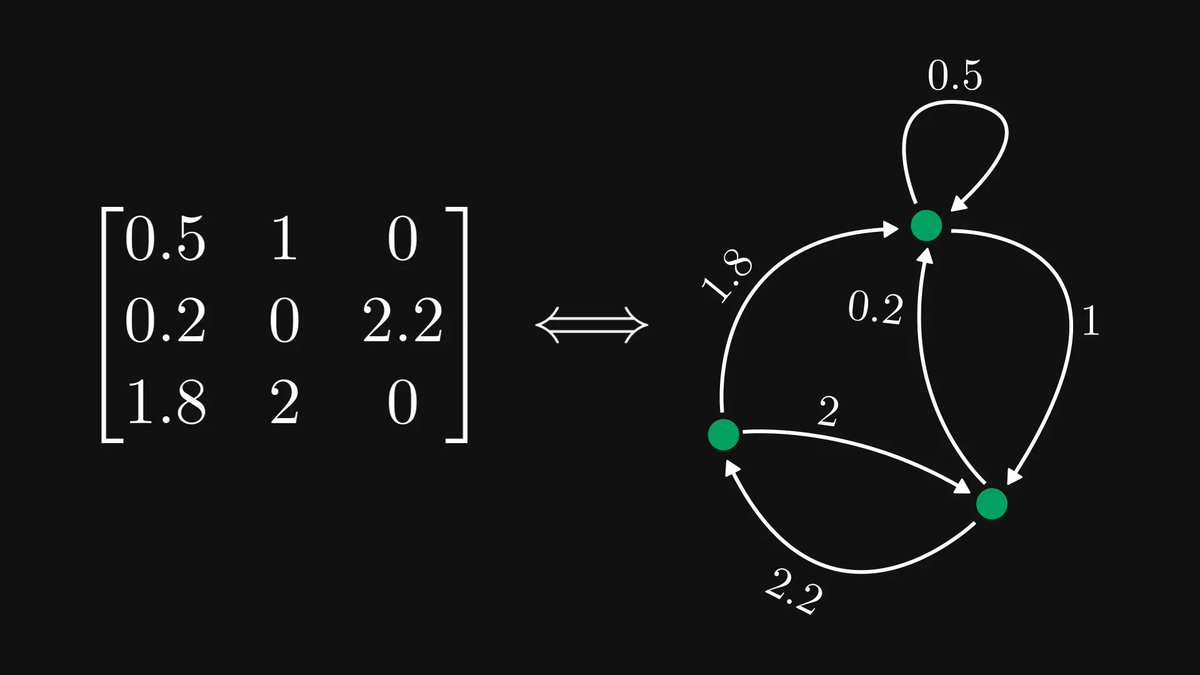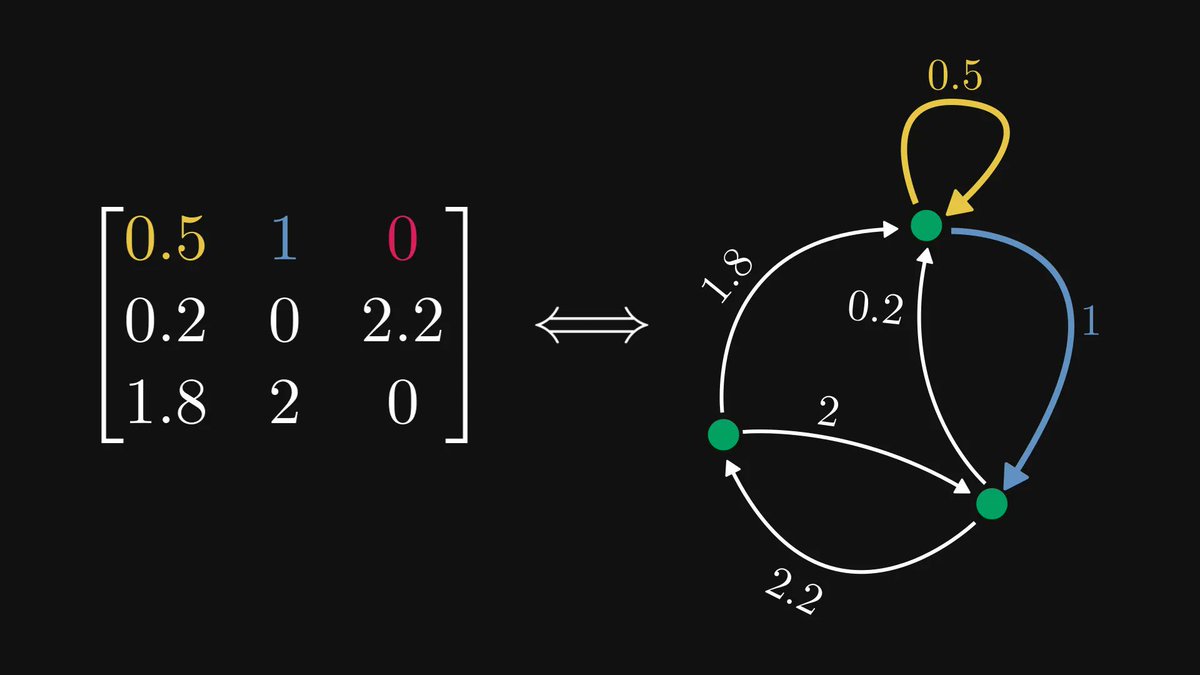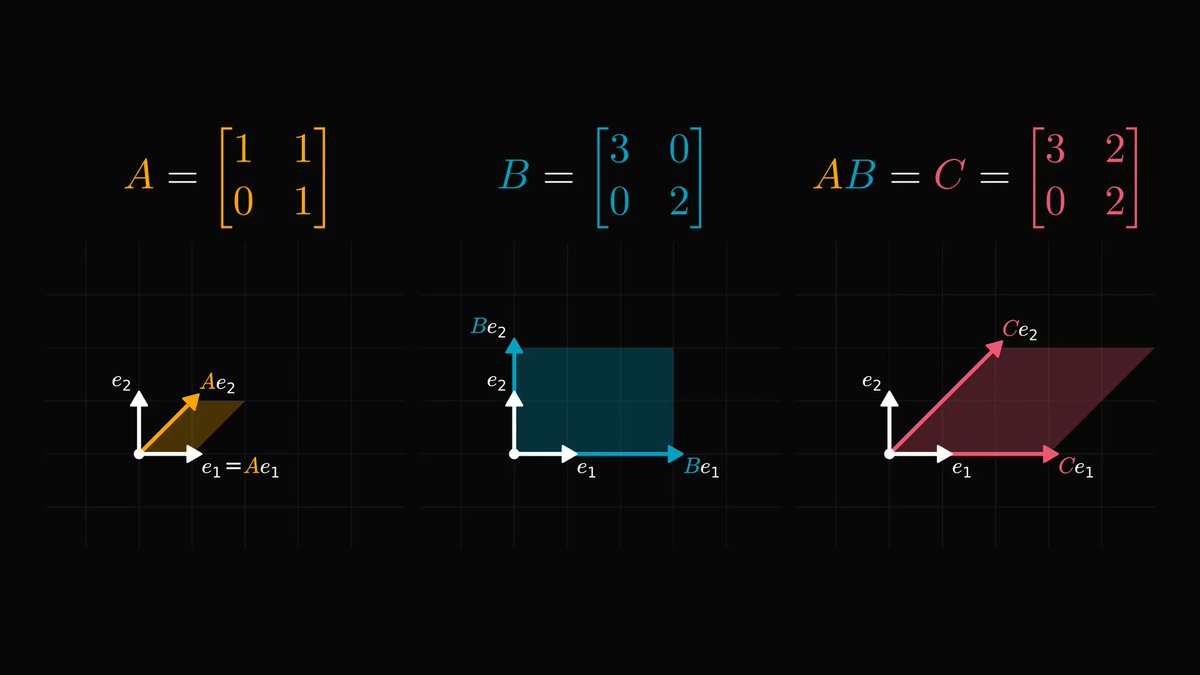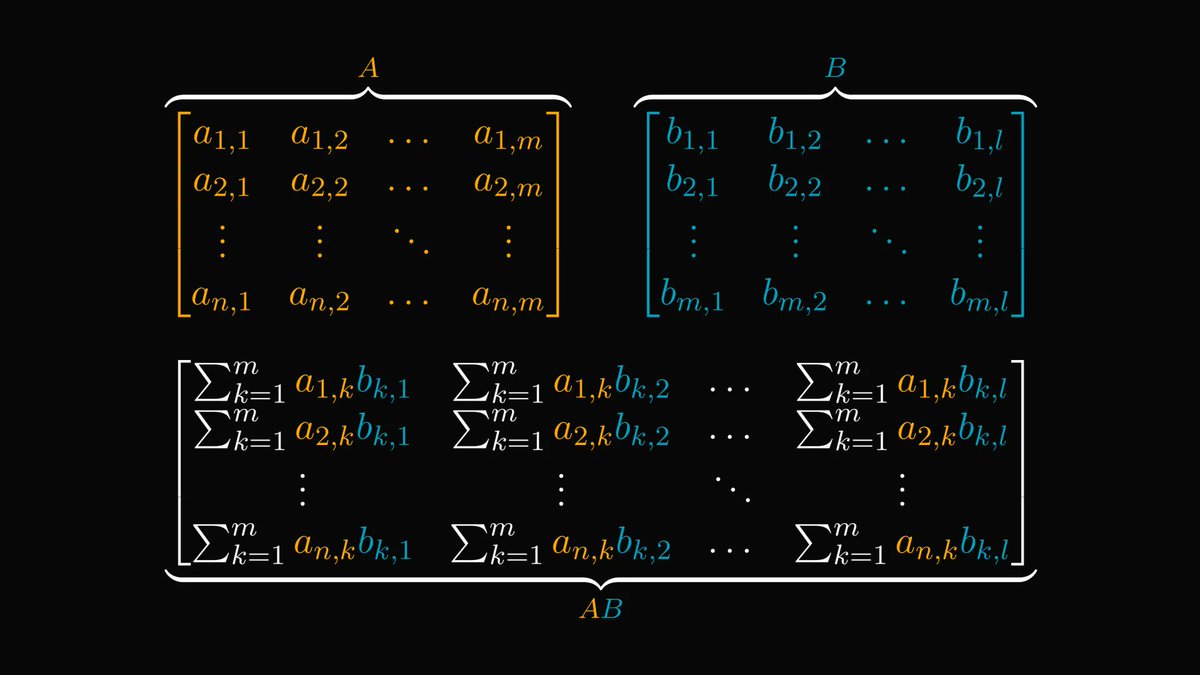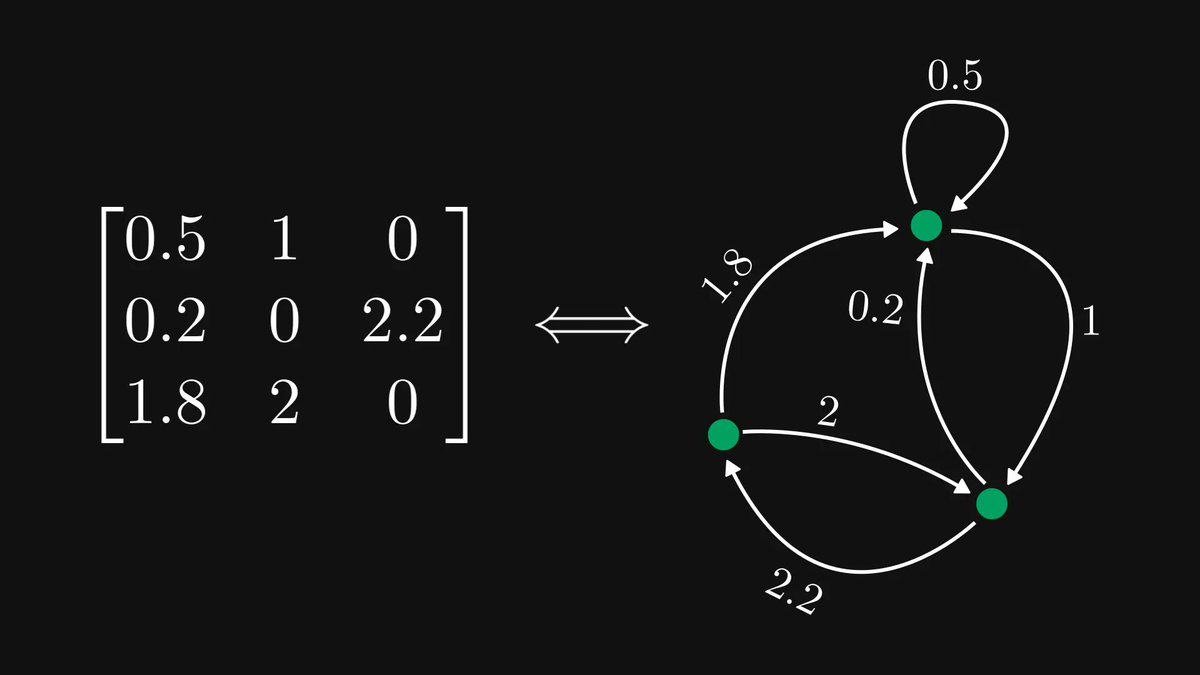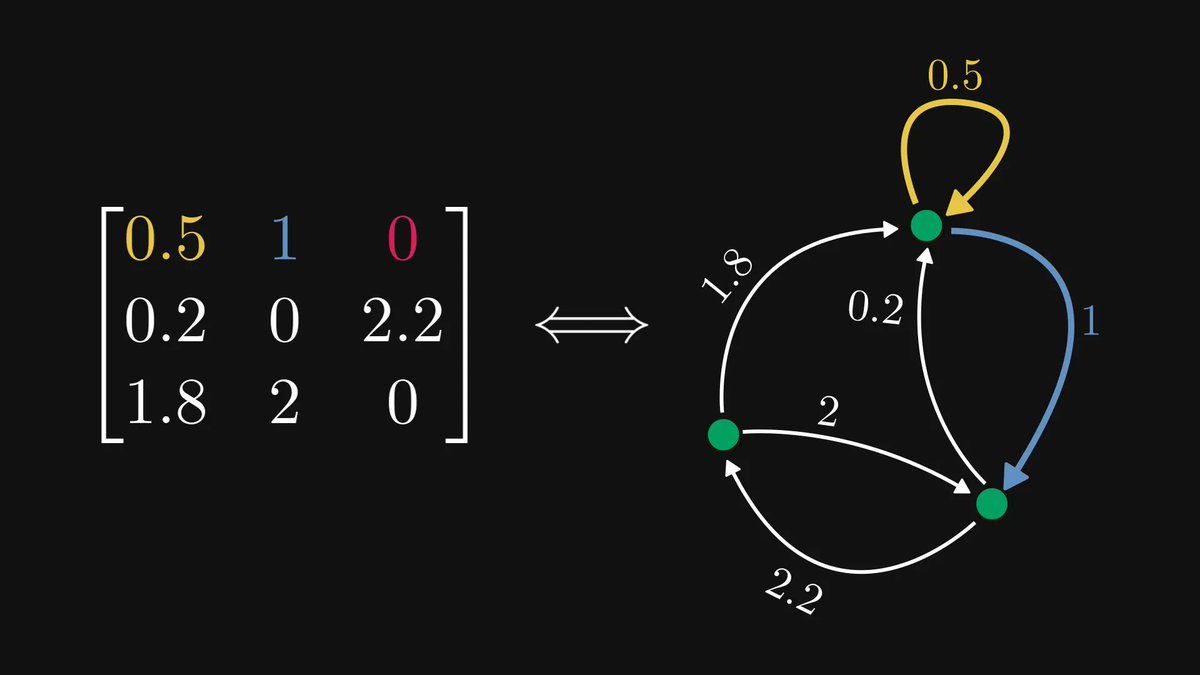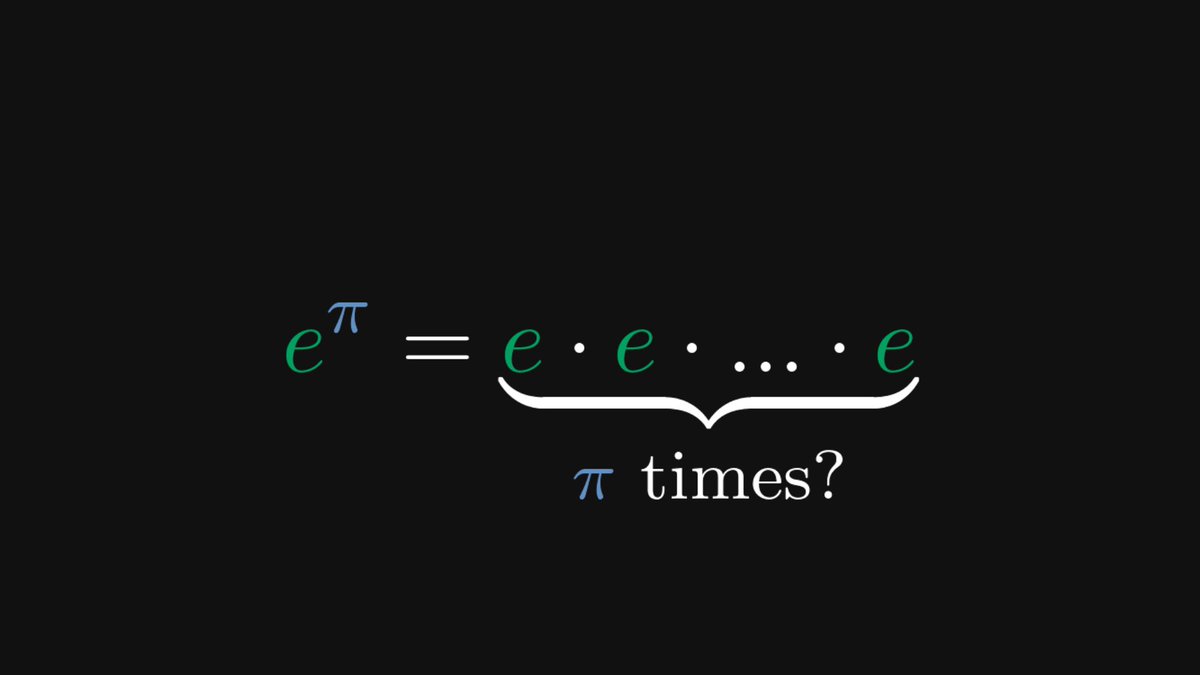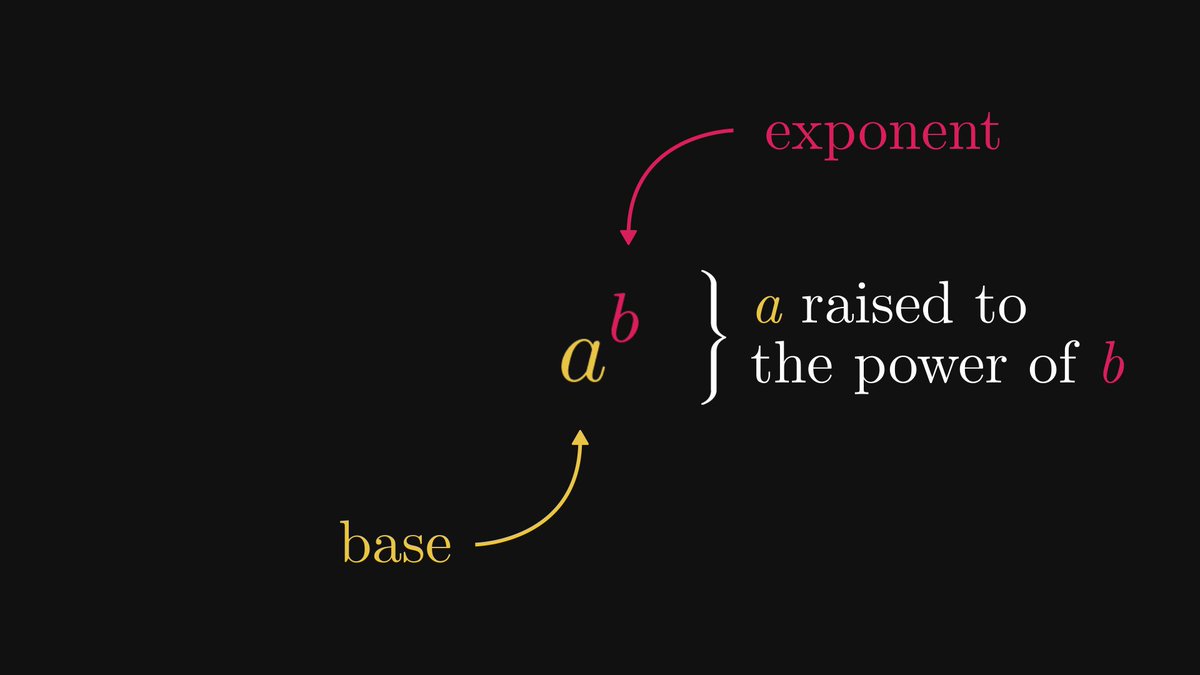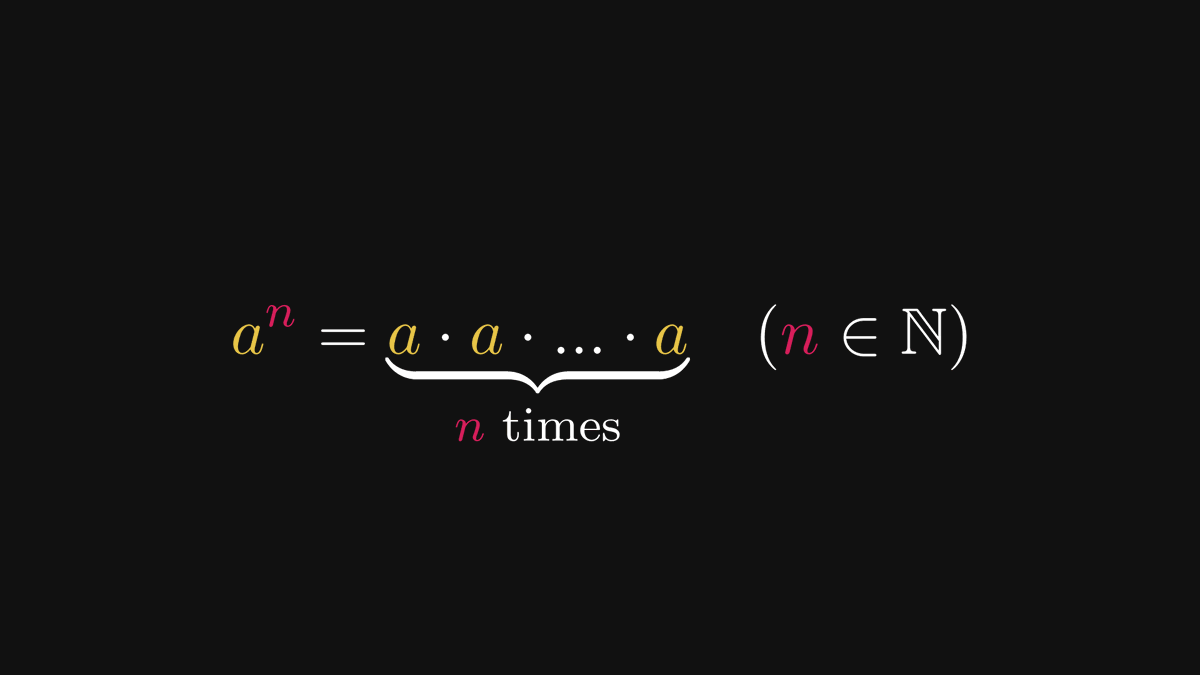Let's test your probabilistic intuition!
There are 25 people in a room. What is the probability that two of them share the same birthday?
If you think it is low, you'll be surprised to find out that the actual probability is more than 50%.
Here is why!
↓ A thread. ↓
There are 25 people in a room. What is the probability that two of them share the same birthday?
If you think it is low, you'll be surprised to find out that the actual probability is more than 50%.
Here is why!
↓ A thread. ↓
The usual thinking is if there are 25 people and 365 days in a year, then chances should be roughly 24/365 ≈ 6.5%, and if we have 366 people, then it is guaranteed that two of them share birthdays.
However, this is not how probability works.
However, this is not how probability works.
First, it is much easier to talk about the probability of having no shared birthdays.
This is a common trick, often making the calculations much more manageable.
This is a common trick, often making the calculations much more manageable.

Let's simplify the problem even more.
Given two people, what is the probability of sharing the same birthday?
By encoding the birthday with an integer between 1 and 365 and the configurations as tuples, we can easily count their total number.
Given two people, what is the probability of sharing the same birthday?
By encoding the birthday with an integer between 1 and 365 and the configurations as tuples, we can easily count their total number.

How many days can we pick as the 1st element of the tuple? 365.
How many days can we pick as the 2nd element to avoid the birthday collision? 364.
In total, there are 365*364 ways.
How many days can we pick as the 2nd element to avoid the birthday collision? 364.
In total, there are 365*364 ways.

To count the number of total configurations, we simply disregard the potential birthday collision.
Thus, there are 365*365 possibilities.
Thus, there are 365*365 possibilities.
Now we can calculate the probability as the ratio of the number of desired outcomes and all possible outcomes. 

Summing up, the probability of two people sharing the same birthdays is less than one percent.
What about the general case?
What about the general case?

At n = 23 people, the probability reaches 50%.
At n = 41, the probability is 90%.
Quite surprising, isn't it?
At n = 41, the probability is 90%.
Quite surprising, isn't it?
A few days ago, I posted this very same question, asking you to estimate the probability of shared birthdays, given 25 people.
These were your answers.
These were your answers.
https://twitter.com/TivadarDanka/status/1497103436227264523
What can we learn from the birthday problem?
That our intuition about probability often fails hard. When asked, most estimate the chances of having a shared birthday among 25 people very low, even though the actual probability is more than 50%.
That our intuition about probability often fails hard. When asked, most estimate the chances of having a shared birthday among 25 people very low, even though the actual probability is more than 50%.
Having a deep understanding of math will make you a better engineer. I want to help you with this, so I am writing a comprehensive book about the subject.
If you are interested in the details and beauties of mathematics, check out the early access!
tivadardanka.com/book
If you are interested in the details and beauties of mathematics, check out the early access!
tivadardanka.com/book
• • •
Missing some Tweet in this thread? You can try to
force a refresh





